Thingiverse

Air assist pressure filter using pop bottle by Klave
by Thingiverse
Last crawled date: 2 years, 10 months ago
So your K40 has a brand new air assist and its supplied from a noisy piston type air pump. The air flow is pulsed and vibrates the lens and makes a noise.
This simple device filters those pulses out to smooth the airflow, if that's what you want. Pulsed air may be better than smooth airflow?
It works by directing the air into a large closed volume, in this case a 2l pop bottle. The pressure pulses go into the bottle where they're absorbed into the large volume. Another port lets the air out at a constant pressure, hardly any pressure variation.
Want some puffing, use a smaller bottle.
The thing here is simply a bottle top with 2 barbed couplings for the flexible hose between the pump and the laser. There are two versions, the first has slightly longer threads because it has a flat inner surface designed for a cork (or similar) gasket to seal tightly. You don't really need this for your laser because the static pressure is low and a bit of air leaking isn't important.
The second version has a small conical sealing ring where the top of the bottle is supposed to seal, it's also not as deep since it doesn't need a gasket. It seals reasonably well but not nearly as well as a proper bottle top. The barbs are more barb-like and the internal spigot also has a small ring to help retain a soft flexible tube.
It could also be used in a different way to filter dirty air, attach a pipe to the inside tube long enough that the end is submerged and it will bubble through the water in the bottle before it goes out the other air port.
Its easy enough to make this device with some hotmelt and a pop bottle to but it will be slightly more tricky to get it to fit because a pop bottle lid is so small. Use a larger mouth bottle if you want to do this, a mason jar for example.
Place this filter near the laser so that the pipe's frictional resistance to airflow helps filter the pulses from the pump, this is basically a first order low pass filter, to those who understand electronics it will make perfect sense.
3D printed parts are NOT as air/watertight as you may think, if you want it to be completely air or watertight the you should paint it with nail varnish to seal the porous 3D printed material.
Print with the thread side up, as shown in the picture, and use supports only touching the bed, don't want to fill the internal plumbing with support material!
It leaks air because printed parts are porous
This simple device filters those pulses out to smooth the airflow, if that's what you want. Pulsed air may be better than smooth airflow?
It works by directing the air into a large closed volume, in this case a 2l pop bottle. The pressure pulses go into the bottle where they're absorbed into the large volume. Another port lets the air out at a constant pressure, hardly any pressure variation.
Want some puffing, use a smaller bottle.
The thing here is simply a bottle top with 2 barbed couplings for the flexible hose between the pump and the laser. There are two versions, the first has slightly longer threads because it has a flat inner surface designed for a cork (or similar) gasket to seal tightly. You don't really need this for your laser because the static pressure is low and a bit of air leaking isn't important.
The second version has a small conical sealing ring where the top of the bottle is supposed to seal, it's also not as deep since it doesn't need a gasket. It seals reasonably well but not nearly as well as a proper bottle top. The barbs are more barb-like and the internal spigot also has a small ring to help retain a soft flexible tube.
It could also be used in a different way to filter dirty air, attach a pipe to the inside tube long enough that the end is submerged and it will bubble through the water in the bottle before it goes out the other air port.
Its easy enough to make this device with some hotmelt and a pop bottle to but it will be slightly more tricky to get it to fit because a pop bottle lid is so small. Use a larger mouth bottle if you want to do this, a mason jar for example.
Place this filter near the laser so that the pipe's frictional resistance to airflow helps filter the pulses from the pump, this is basically a first order low pass filter, to those who understand electronics it will make perfect sense.
3D printed parts are NOT as air/watertight as you may think, if you want it to be completely air or watertight the you should paint it with nail varnish to seal the porous 3D printed material.
Print with the thread side up, as shown in the picture, and use supports only touching the bed, don't want to fill the internal plumbing with support material!
It leaks air because printed parts are porous
Similar models
grabcad
free

Pop Bottle Cap
...nd if you need it to be air or watertight it needs to be sealed with something like nail varnish, polyutethane varnish or a paint
thingiverse
free

Bottle Cap Hose Barb 3.0 by Lordofrealms
... the plastic layers because it was so thin. this was true even after some vapor polishing. this one is thicker and does not leak.
thingiverse
free

Soda Bottle to Barb Adapter by Printer_Chuck
...id flexible tubing.
rubber gasket is needed so it does not leak.
be sure the surface for the gasket is smooth to get a good seal.
thingiverse
free

DrinkMate Soda Bottle Adapter by RockSlice
...s may also come into contact with the liquid that you're carbonating, so you may want to apply a food-safe surface treatment.
thingiverse
free

Aquarium Hang-On Waterfall Filter by halimuygun
...gical filtering is working good.
this filter needs a air-pump. and you can paint after printing with spray paint for water leak.
thingiverse
free

Moineau Pump by emmett
... a peristaltic pump because no flexible hose is needed (which tend to reduce efficiency and wear out), plus it doesn't pulse.
thingiverse
free

Tapered barbed fitting to m12 threaded compression by adouglas88
...it.
use a brim or raft when printing if you print at 100 percent infill or it peels off the print bed probably.
tested with petg.
thingiverse
free
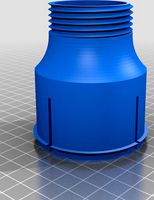
Toyota Tacoma Brake Pressure Bleed Adapter by raylo32
...ct fitting on your air lines.
this is not associated with motive products in any way. that is just the bleeder i happen to have.
thingiverse
free

Carepeutic Waterfall Foot and Leg Spa Bath Massager Spout by PixieBandit
...ed ver12: caps the top off so that water would not leak through the dial and created a seal to improve flow on the top waterfall.
thingiverse
free

Pop Bottle 2 Air gun adaptor by Alex9999
...ct a cheap air compressor gun.
uses:
put on pop bottle, shake and spray.
attach bicycle pump to pop bottle and use as air blower.
Klave
thingiverse
free

Dremel Nut by Klave
... scaled 101% in the radial directions to make the fit slightly looser but 100% threaded on fine
lay it on its front face to print
thingiverse
free

LM2596 Enclosure by Klave
...he board. the lid will fit both ways so make sure you check the pot is visible.
for the side entry the lid will only fit one way
thingiverse
free

YAFS Yet another end of of filament sensor by Klave
...x 5.7 mm like these https://www.amazon.ca/gp/product/b07dgx9b9c)
it also doubles as an equally unnecessary filament guide
ender 3
thingiverse
free
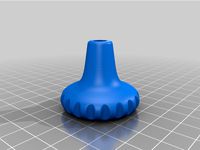
Hex bit finger wrench by Klave
...tool holder so i can easily place and remove it. i also put a magnet in the wrench top to stick it to the nearest piece of steel.
thingiverse
free

Filter Sieve by Klave
...s, the bars are an easy distance to bridge, only 3.6mm, and the sides taper at 24 degrees from vertical so no supports are needed
thingiverse
free

CNC Tool Probe by Klave
...e that theirs is normally open and they had to set the probe as active low. this is not needed for my probe which is active high.
thingiverse
free

Honda Civic 2008 Front Emblem by Klave
...ted it, i just made a curved version of the flat one and added the two pins, about 2mm long. you will need supports for this one.
thingiverse
free

K40 mA meter Bezel by Klave
...high voltage on them.
the meter face is 56mm x 64mm and the large round section has a diameter 49mm
mine is similar to this meter
thingiverse
free

Zero Probe by Klave
...rotrude past the print head then you could use it but there are many available options for bed leveling that don't need this.
thingiverse
free

K40 mirrors by Klave
... had this experience, feel free to feed back to the mirror suppliers that their compatibility with k40 is marginal and deceptive.
Pop
design_connected
$18

Pop
...pop
designconnected
kartell pop computer generated 3d model. designed by lissoni, piero.
design_connected
$16
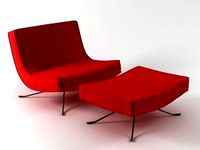
Pop
...pop
designconnected
ligne roset pop chairs computer generated 3d model. designed by christian werner.
3ddd
$1

POP
...d
garsnas , pop
модульный диван. основные размеры: длина - 700, 1400, 2080; ширина - 700
3d_export
$5
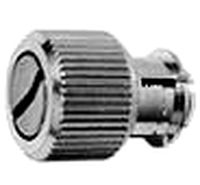
pop screw
...pop screw
3dexport
pop screw
3ddd
$1

Pop floral frame
...pop floral frame
3ddd
pop
3 pop floral photo frame
3ddd
$1

Gala Pop Раковина
...gala pop раковина
3ddd
gala , pop
производитель: gala
коллекция: pop
design_connected
$16
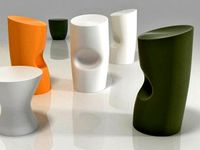
Tokyo Pop
...tokyo pop
designconnected
driade tokyo pop computer generated 3d model. designed by yoshioka, tokujin.
3ddd
$1
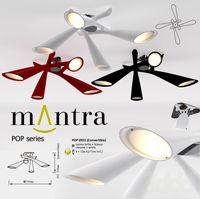
mantra pop x4
...mantra pop x4
3ddd
mantra , pop
светильник потолочный на 4 рожка. mantra pop x4
design_connected
$18
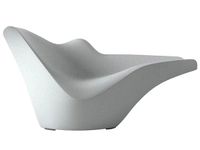
Tokyo Pop
...tokyo pop
designconnected
driade tokyo pop lounge chairs computer generated 3d model. designed by tokujin yoshioka.
3d_export
free

pop it 3d
...pop it 3d
3dexport
that pop it(antistress toy) in 3d. that pack only suitable for blender. can be used as part of the interior.
Filter
3d_export
$10
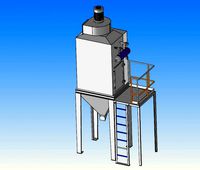
cartridge filter
...cartridge filter
3dexport
cartridge filter
3d_export
$6
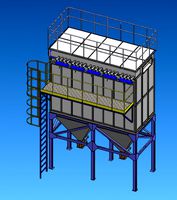
Bag filter
...bag filter
3dexport
bag filter
3d_export
$10

of dust filter
...of dust filter
3dexport
3d model of dust filter
3d_export
$10

of bag filter
...of bag filter
3dexport
3d model of bag filter
3d_export
$7

of bag filter
...of bag filter
3dexport
3d model of bag filter
turbosquid
$20

Filter
...ty free 3d model filter for download as ma, max, obj, and fbx on turbosquid: 3d models for games, architecture, videos. (1512887)
3d_export
$10
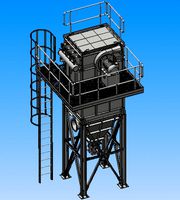
bag filter
...he ash hopper. when the gas containing fine dust passes through the filter material, the dust is retained and the gas is purified
3ddd
$1

UFI Filter
...ufi filter
3ddd
фильтр , ufi
ufi oil filter
turbosquid
$30

Filter
... available on turbo squid, the world's leading provider of digital 3d models for visualization, films, television, and games.
turbosquid
$5

filters
... available on turbo squid, the world's leading provider of digital 3d models for visualization, films, television, and games.
Assist
turbosquid
$120

Robot Assistant
...id
royalty free 3d model robot assistant for download as max on turbosquid: 3d models for games, architecture, videos. (1381212)
3d_export
$5

painting assistant
...painting assistant
3dexport
draw samples
3d_export
$5

assistive cane
...assistive cane
3dexport
aristocratic cane for characters
3d_export
$10

Assist bike 3D Model
...assist bike 3d model
3dexport
assist bike
assist bike 3d model modelix 59218 3dexport
turbosquid
$69

computer assistant character
... available on turbo squid, the world's leading provider of digital 3d models for visualization, films, television, and games.
turbosquid
$1

Robot Assistant
...d
royalty free 3d model 3d robot human for download as blend on turbosquid: 3d models for games, architecture, videos. (1599434)
turbosquid
$30

Galaxy Assistant's Stool
... available on turbo squid, the world's leading provider of digital 3d models for visualization, films, television, and games.
3d_export
$15

Prototype version of the robot assistant
...ersion of the robot assistant, designed to help a person in a variety of tasks, both in helping in the garden and in armed escort
turbosquid
$69

Droid Assistant
... robot guard for download as blend, dae, fbx, obj, stl, and x on turbosquid: 3d models for games, architecture, videos. (1624852)
turbosquid
free

Free Realistic Grass Assistant
...3d model free realistic grass assistant for download as blend on turbosquid: 3d models for games, architecture, videos. (1454100)
Pressure
3d_export
$5

pressure gauge
...pressure gauge
3dexport
pressure gauge
3d_export
$40

Pressure Vessel
...pressure vessel
3dexport
pressure vessel assembly render 3d modelling design
3d_export
$5
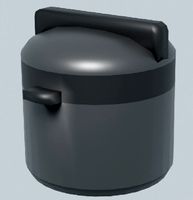
Pressure cooker
...pressure cooker
3dexport
simple low-poly pressure cooker model. not removable parts.
3d_export
$5

protected pressure gauge
...protected pressure gauge
3dexport
protected pressure gauge
turbosquid
$25
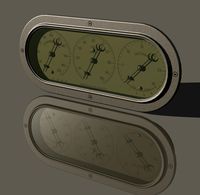
Vintage US Gauge Co Cluster, Pressure, Oil Pressure & Vacuum Fuel Pressure
...re for download as 3ds, dxf, obj, c4d, fbx, 3dm, dwg, and stl on turbosquid: 3d models for games, architecture, videos. (1367117)
turbosquid
$20
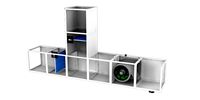
PRESSURIZATION FAN
...
royalty free 3d model pressurization fan for download as max on turbosquid: 3d models for games, architecture, videos. (1269534)
turbosquid
$20
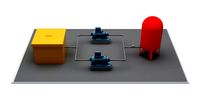
Pressurization Pumps
...oyalty free 3d model pressurization pumps for download as max on turbosquid: 3d models for games, architecture, videos. (1270559)
turbosquid
$23
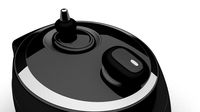
Pressure cooker
...ee 3d model pressure cooker for download as max, obj, and fbx on turbosquid: 3d models for games, architecture, videos. (1440991)
turbosquid
$25

pressure cooker
... available on turbo squid, the world's leading provider of digital 3d models for visualization, films, television, and games.
turbosquid
$3

Pressure Controller
... available on turbo squid, the world's leading provider of digital 3d models for visualization, films, television, and games.
Bottle
3d_ocean
$2

Bottle
...bottle
3docean
bottle glass bottle
so realistic glass bottle
archibase_planet
free

Bottle
...bottle
archibase planet
bottle litre bottle glass-ware
bottle - 3d model for interior 3d visualization.
archibase_planet
free
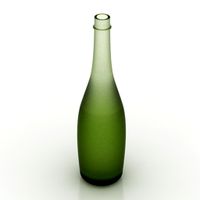
Bottle
...bottle
archibase planet
bottle glass bottle flask
bottle - 3d model (*.gsm+*.3ds) for interior 3d visualization.
3d_export
$5

bottles
...bottles
3dexport
bottles
archibase_planet
free
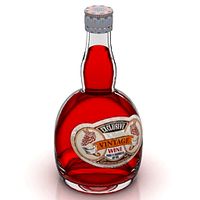
Bottle
...bottle
archibase planet
bottle wine bottle of wine
bottle n121211 - 3d model (*.gsm+*.3ds) for interior 3d visualization.
archibase_planet
free

Bottle
...bottle
archibase planet
bottle bottles kitchen ware
bottle n120213 - 3d model (*.gsm+*.3ds) for interior 3d visualization.
archibase_planet
free
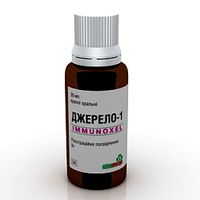
Bottle
...bottle
archibase planet
small bottle bottle vial phial
bottle n060411 - 3d model (*.3ds) for interior 3d visualization.
3d_export
$5

bottle
...bottle
3dexport
bottle with liquid.
archibase_planet
free

Bottle
...bottle
archibase planet
bottle glass
bottle - 3d model for interior 3d visualization.
archibase_planet
free

Bottle
...ibase planet
bottle bottle of port alcohol
bottle of crimean port n090211 - 3d model (*.gsm+*.3ds) for interior 3d visualization.
Air
3ddd
$1
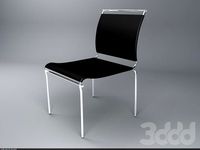
Calligaris air
...calligaris air
3ddd
air , calligaris
cтул calligaris air
3ddd
$1

Air freshener
...air freshener
3ddd
air freshener , освежитель
air freshener
design_connected
$16
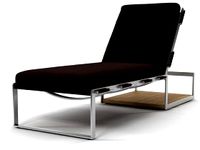
Air
...air
designconnected
flexform air lounge chairs computer generated 3d model. designed by antonio citterio.
turbosquid
$250
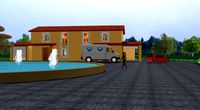
Heat pump air air
... available on turbo squid, the world's leading provider of digital 3d models for visualization, films, television, and games.
3d_export
$5
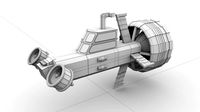
air
...air
3dexport
3ddd
$1
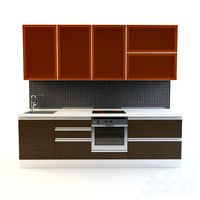
Кухня AIR
...кухня air
3ddd
air , мария
кухня air фабрики "мария"
3ddd
$1
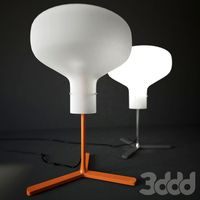
Лампа AIR
...лампа air
3ddd
boconcept , air
настольная лампа air, boconcept. в50½xø32см
3d_export
$40

air deflector
...air deflector
3dexport
air deflector
3d_export
$15

air purifier
...air purifier
3dexport
air purifier
3d_export
$5

macbook air
...macbook air
3dexport
macbook air
Using
3ddd
$1

US flag
...us flag
3ddd
флаг
us flag
3d_export
free

Among us
...among us
3dexport
among us red
3d_export
free
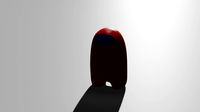
Among Us
...among us
3dexport
this 3d-model of a character from the game "among us". it can be used as a toy or decoration.
3d_export
$6

among us
...among us
3dexport
doll from among us in red
3d_export
$5

amoung us
...amoung us
3dexport
amoung us character. was created by cinema 4d 19
3d_export
$5
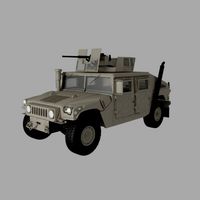
Humvee us
...humvee us
3dexport
humvee us 3d model good quality for animation
3d_export
$15

among us
...among us
3dexport
turbosmooth modifier can be used to increase mesh resolution if necessary
3d_export
$25
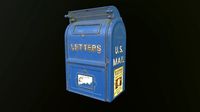
mailbox us
...mailbox us
3dexport
low poly model mailbox us. modeling in the blender, texturing in substance painter
design_connected
$13
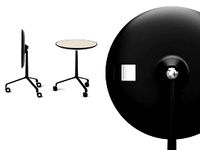
Use Me
...use me
designconnected
sitland use me computer generated 3d model. designed by paolo scagnellato.
3d_export
$5

Among Us
...rt
the among us model comes in a variety of colors that can be customized by anyone, and even works with little in the animation
